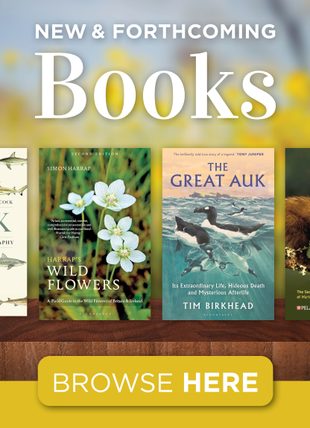![Life Unfolding Life Unfolding]()
Click to have a closer look
About this book
Contents
Customer reviews
Biography
Related titles
About this book
Where did I come from? Why do I have two arms but just one head? How is my left leg the same size as my right one? Why are the fingerprints of identical twins not identical? How did my brain learn to learn? Why must I die?
Questions like these remain biology's deepest and most ancient challenges. They force us to confront a fundamental biological problem: how can something as large and complex as a human body organize itself from the simplicity of a fertilized egg? A convergence of ideas from embryology, genetics, physics, networks, and control theory has begun to provide real answers. Based on the central principle of 'adaptive self-organization', it explains how the interactions of many cells, and of the tiny molecular machines that run them, can organize tissue structures vastly larger than themselves, correcting errors as they go along and creating new layers of complexity where there were none before.
Life Unfolding tells the story of human development from egg to adult, from this perspective, showing how our whole understanding of how we come to be has been transformed in recent years. Highlighting how embryological knowledge is being used to understand why bodies age and fail, Jamie A. Davies explores the profound and fascinating impacts of our newfound knowledge.
Watch introduction by the author below:
Contents
Acknowledgements
Ethical Statement
Introduction
1: Confronting an alien technology
2: From one cell to many
3: Making a difference
4: Laying down a body plan
5: Beginning a brain
6: Long division
7: Fateful conversations
8: Great migrations
9: Plumbing
10: Organizing organs
11: Taking up arms
12: The Y and how
13: Wired
14: Dying to be human
15: Making your mind up
16: A sense of proportion
17: Making friends and facing enemies
18: Maintenance mode
19: Perspectives
Glossary
Further reading
References
Customer Reviews
Biography
Since 1995, Jamie A. Davies has run his own laboratory at the University of Edinburgh, with a multi-disciplinary focus on discovering how mammalian organs construct themselves and how we can use this knowledge to build new tissues and organs for those in need. He has published around 90 research papers in the field of mammalian development, published a major specialist monograph (Mechanisms of Morphogenesis, Associated Press, 2005), and edited three multi-author books in the fields of development, stem cells, and tissue engineering. He is a Fellow of the Institute of Biologists, a Fellow of the Royal Society of Medicine, and a Fellow of the HIgher Education Academy. He is also Editor-in-Chief of the journal Organogenesis.



































